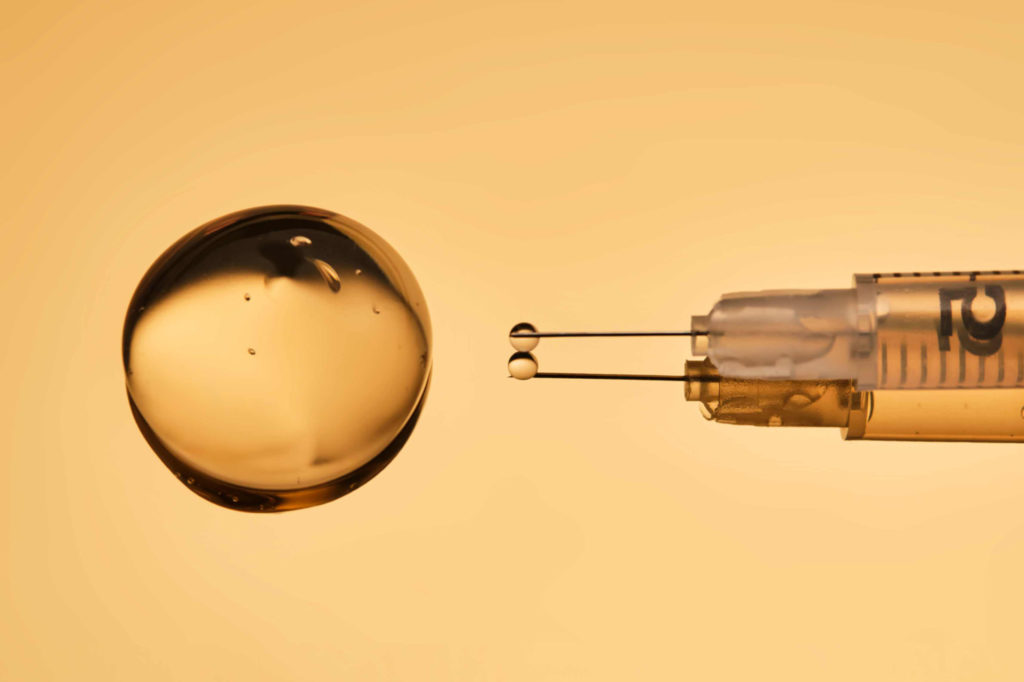Diluting botulinum toxin

Dilution of botulinum toxin is a key element in aesthetic medicine. Properly mastered, it enables the precision of the treatment to be adjusted according to the targeted area, optimizing the product’s diffusion and guaranteeing effectiveness, natural results and patient comfort. Understanding this balance is essential for safe practice, while meeting the specific needs of each individual.
Aesthetic medicine in all its forms

Aesthetic medicine arouses both fascination and fear. Between media excesses, preconceived ideas and misunderstood procedures, it is sometimes difficult to see clearly. This article takes a lucid, educational look at the excesses, challenges and best practices of modern, evidence-based aesthetic medicine.
Embolization in aesthetic medicine: Feedback and best practices

Arterial embolization, a taboo subject rarely discussed, is a dreaded complication in aesthetic medicine during hyaluronic acid injections. This article looks back at an unpublished exchange of several clinical cases encountered by Drs Marie Nichanian-Broglia, Guilhem Poron, David Rousset and Clément Guyot, and highlights best practices for effectively managing these delicate situations.
Weight loss and facial aging

Weight loss can accelerate the signs of aging on the face by reducing fat and bone volumes, resulting in sagging skin and ptosis. Discover how aesthetic medicine, through hyaluronic acid injections, biostimulants and biostimulation devices, can counter these effects harmoniously and restore youth and vitality to the face.
Training in aesthetic medicine in Belgium: an example to follow

Belgium is revolutionizing aesthetic medicine by combining strict regulation with excellent training. Discover how this unique model, supported by collaboration between the SBME and the SAMBA Academy, places safety and ethics at the heart of practice. An inspiration for other countries and a step towards high international standards.
A global approach to facial treatment in aesthetic medicine

The analysis of a face showing signs of fatigue, signs of aging, or a pejorative expression requires specific training.
The assessment can be made from top to bottom, bottom to top, right to left or left to right, but must always arrive at the same conclusions: treatment of causes and consequences.
Update on the regulation of aesthetic medical procedures in France

Following the May 31 decree restricting the purchase of hyaluronic acid for subcutaneous injections to medical doctors and dental surgeons, France’s Conseil national de l’ordre des médecins (CNOM) now recognizes an inter-university diploma (DIU) as a qualification for practicing aesthetic medicine in France.
France takes the lead in the fight against illegal injections

On Friday May 31, a decree was published in the French Journal Officiel, limiting the purchase and use of intradermal and subcutaneous hyaluronic acid to doctors and dental surgeons.
Authorizations to practice aesthetic medicine in Europe

Discover the keys to practicing aesthetic medicine in Europe: our comprehensive guide explores the legal procedures, accredited training courses and necessary authorizations. Whether you’re a new practitioner or looking to retrain, this article is your gateway to a successful career in aesthetics.
The Pioneers of Aesthetic Medicine: Interview with Dr Roland Ney and Dr Luigi Polla

Exploring the roots and recent developments of aesthetic medicine, we had the privilege of dialoguing with Dr Roland Ney and Dr Luigi Polla. Through their exceptional careers and significant advances, these pioneers have profoundly influenced the field of aesthetic medicine.


